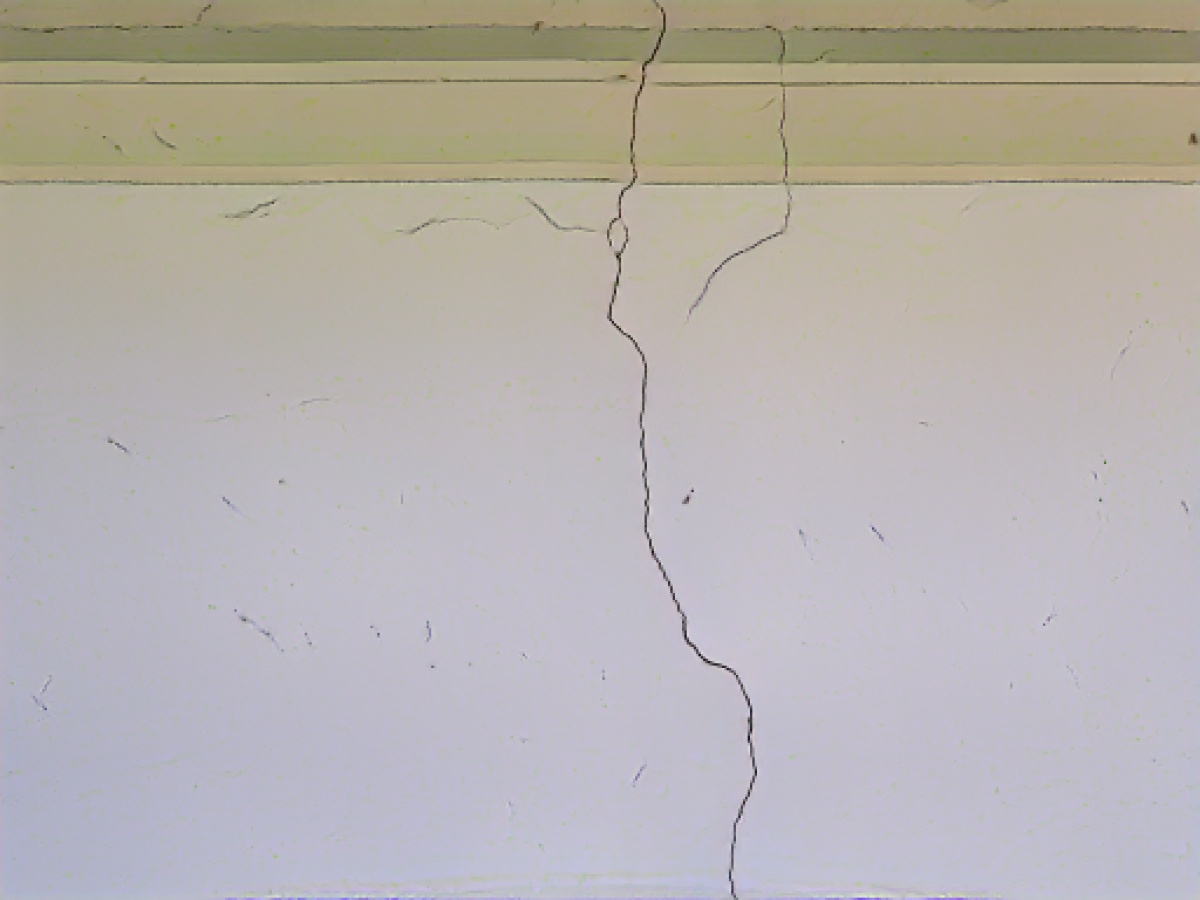Mining damage due to nearby open-cast mine? Citizens want clarification
Christian Stecklina's excitement is palpable. The 44-year-old resident of Tauer is discussing with company employees at the mining operator's information stands in a local hotel. Surveyors, geologists and recultivators are providing information about their work that evening in a local hotel. They have invited people to a citizens' dialog because in the community, not far from the Jänschwalde open-cast mine, damage to the walls of buildings is increasing, trees are dying and meadows are drying out.
For those affected, one thing is clear: it is mining damage that the open-cast mine operator has to pay for. "My aim is to get the company to get the cow off the ice instead of playing around," says Stecklina, apparently speaking for many.
Around 20 applications for mining damage have been received in recent months, as Martin Klausch, the person responsible at Leag, reports when asked. This is a high number compared to other years. "We have the issue of mining damage everywhere, but nowhere as many applications as in Tauer," Klausch explains. He had received further applications from citizens at the meeting.
At the stands, residents are given an insight into the data bases of various areas of the open-cast mine operator. "We want to talk to people, we will look at every application," assures Klausch. Several independent experts will now be appointed to investigate. They are to assess the damage to the applicants. So far, it has not been possible to identify any special features of the damage, says Leag expert Klausch.
"In the last five years, you could see trees dying and ditches lying dry," Stecklina counters. He lives on the Laßzinswiesen and also owns land there. His family has lived there for generations. The wetland receives up to 25 million cubic meters of uplifted mining water every year.
Nevertheless, Leag experts have calculated a negative balance of 1268 millimetres per square meter for the years 2018 to 2022. As a boy, he had wet feet when he walked across the meadows. Now it's often just steppe and trees are dying, says Stecklina. "I'm not an activist, I'm not a green activist, I'm just me - a father with three sons who wants to leave behind nature worth living in. I'm really afraid that this is no longer feasible."
For the mayor of Tauer, Karin Kallauke, buildings on the farm have large cracks in them. She supports the local citizens' initiative, which is made up of 40 to 50-year-olds, she says. They are all worried about the future, about their grandchildren, when "Leag closes down" and what will be left behind.
Meanwhile, Marko Hein, Head of Mine Surveying at Leag, explains at a stand how changes to the earth's surface are measured. This involves annual measurements of changes in height. Hein says that the measurements do not show any significant ground movements. He speaks of plus or minus two to three millimeters, which he calls "measurement noise". The 23 elevation control points in and around Tauer did not document any significant changes.
"Basically, there is a different view of the causes of the damage," says Andreas Stahlberg, a Green member of the district council, explaining the conflict. Leag had the data basis, which the citizens did not know. In this respect, mistrust is understandable. However, Stahlberg calls the information evening with its dialog character a "confidence-building measure". He once again called for the arbitration board for mining damage to be re-established, but with different arbitration rules. It was a mistake that the mining operators could refuse to take part in the arbitration.
The arbitration board, which had existed for three years, was closed in December 2022 following an evaluation. The Ministry of Economic Affairs did not inform the public of this at the time, which led to criticism. Without the body, those affected by opencast mining damage can now only fight for compensation in court. Although it is also possible to report directly to Leag, there is no independent decision.
For the citizens of Tauer, one thing is clear: they want the damage to be recognized as mining damage. They believe the ball is in Leag's court, as the groundwater level, which the operator has to lower for the open-cast mine, is causing the peaty soil to dry out. However, settling the claim could be a lengthy process.
According to the company, Leag's evaluation of all relevant assessment criteria to date has shown that there is only a connection between the damage reported in Tauer and the Jänschwalde open-cast mine in very isolated cases. "Leag therefore strongly disagrees with the attempt to link falling groundwater levels with structural damage," it says. Rather, other factors such as structural measures on buildings in the surrounding area and climate change are at work.
The local municipalities are expressing concern about the environmental impact of the mining operations, as they witness the deterioration of nature in areas close to the open-cast mine. The drying out of meadows and dying trees are becoming prevalent issues that the municipality and affected citizens believe are directly linked to mining activities.
Source: www.dpa.com








